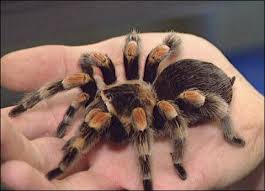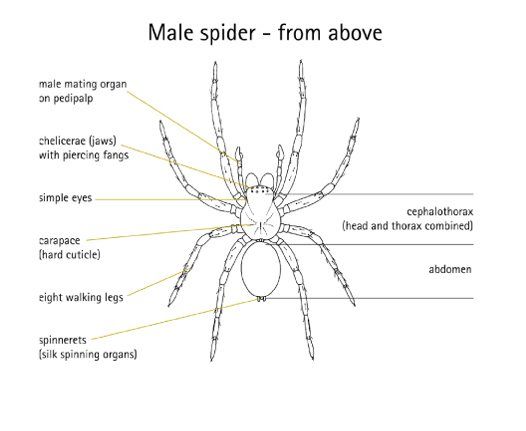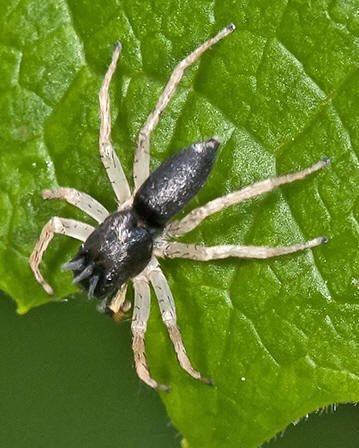All About the Characteristics of a Spider
.jpg)
Creepy crawlies are the biggest altogether meat eating gathering of creatures on the planet. Without bugs, bugs would achieve bug extents all through the whole world. A bug's looks, favored nourishments, and prey-catching aptitudes set it apart from different 8-legged creature.
What Do Spiders Look Like?
Arachnids are not bugs. Like bugs and shellfish, they have a place with a subgroup inside the phylum arthropod, which implies they are spineless creatures and have an exoskeleton.
Insects have a place with the class Arachnida. Like all 8-legged creature, bugs have only two body areas, a cephalothorax, and a stomach area. In insects, these two body districts join at a limited midsection, called a pedicel. The stomach area is delicate and unsegmented, while the cephalothorax is harder and incorporates the eight legs that insects are known for. Most creepy crawlies have eight straightforward eyes, albeit some have less or even none by any means.
Not all 8-legged creature are insects. Bugs have a place with the request Araneae. Scorpions and daddy longlegs, which are typically mistaken for arachnids, have a place with various requests.
Favored Food
Creepy crawlies go after different living beings, generally bugs. Arachnids utilize an extensive variety of systems to catch prey: catching it in sticky networks, lassoing it with sticky balls, copying the prey to evade recognition or running it down. Most recognize prey essentially by detecting vibrations, however dynamic seekers have intense vision.
Bugs can just expend fluids, as they need biting mouthparts.
They utilize chelicerae, pointed members, similar to teeth at the front of the cephalothorax, to get a handle on prey and infuse venom. Stomach related juices separate the sustenance into fluid, which can be ingested by the bug.
Web-Making Silk
All insects make silk. Ordinarily, the spinnerets that make the silk are under the tip of the stomach area, enabling them to turn a long strand of silk behind them.
Bug Habitat
In excess of 40,000 types of creepy crawlies possess discovered worldwide on each landmass aside from Antarctica and have turned out to be built up in about each territory with the exemptions of air and ocean colonization. They have been found in the Arctic too. By far most of insects are earthly, in spite of the fact that a couple of specific animal groups live in new water.
Regular Spiders
Probably the most widely recognized arachnids incorporate the accompanying: circle weavers, known for weaving huge, roundabout networks; web creepy crawlies, which incorporates the venomous dark dowager; wolf insects, vast bugs that chase during the evening; tarantulas, gigantic, furry chasing bugs; and hopping bugs, modest bugs with huge eyes and greater identities.
Intriguing Spiders
There are a few insects that have intriguing highlights that set them apart. Female blossom crab bugs, otherwise called Misumena vatia, change hues from white to yellow to coordinate blooms, where they lie in sit tight for pollinators to eat.
Arachnids of the sort Celaenia look like winged animal droppings, a smart cover that guards them from generally predators.
The subterranean insect creepy crawlies of the family Zodariidae are so named in light of the fact that they mirror ants. Some utilization their front legs to imitate radio wires.
The grand arachnid, purported the Ordgarius magnificus, traps its moth prey by setting a silk trap with a pheromone.
The pheromone emulates a moth's conceptive hormones, which baits male moths with the possibility of a female..jpg)

